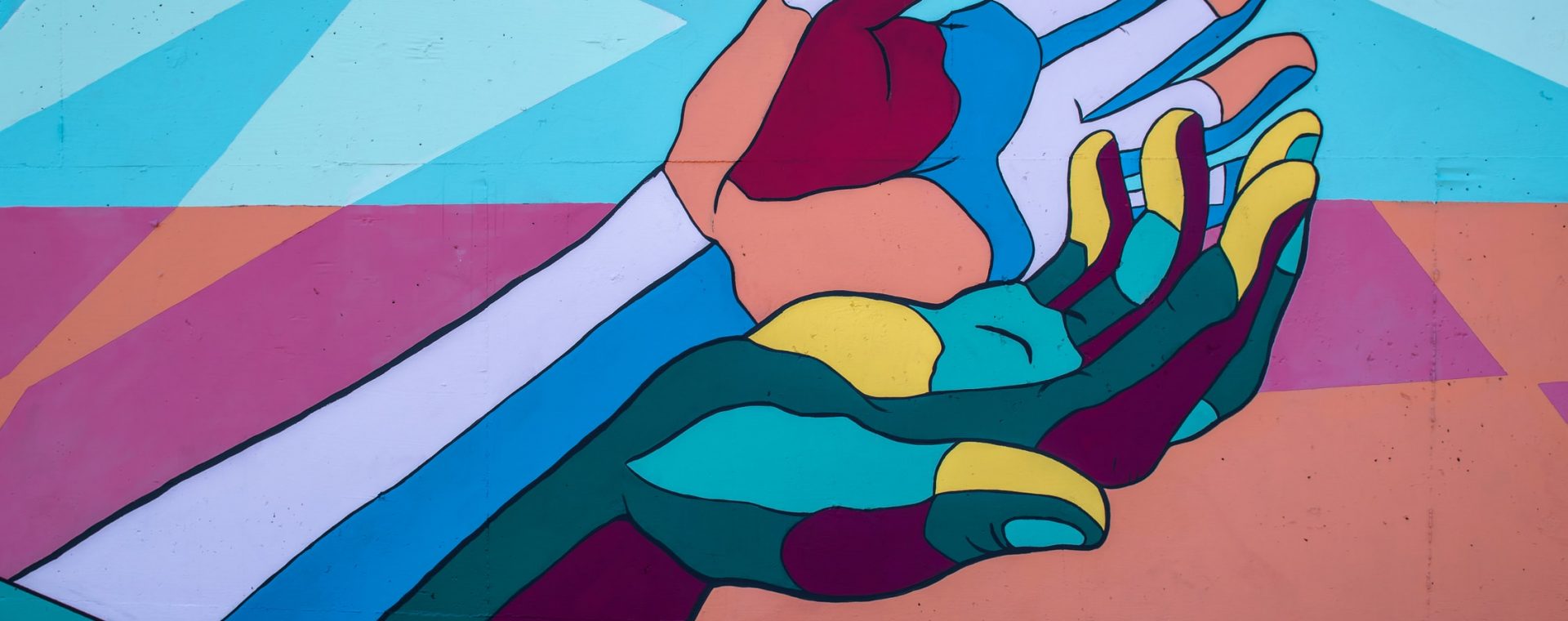
A reflective essay written as part of the WISE Emerging Leaders program.
The concept of holistic wellbeing, for me, is intrinsically linked with the concept of wholeness: bringing awareness to, and caring for the entirety of our being. The word holistic is derived from the Greek word holos, meaning all, whole, or entire, and is associated with Jan Smut’s articulation of holism as the “tendency in nature to form wholes that are greater than the sum of the parts.” This begs the question that in our pursuit of wholeness, do we let the different fragments of our being become subsumed under this unity? By focusing on the whole, do we end up neglecting the part, or even the partial? In Hegelian thought, however, parts and wholes are deemed to be “reciprocally influential,” and the parts in a whole have “relational properties” that are different from the characteristics of the parts, themselves. Approaching holism using this lens, then, means that we can celebrate the uniqueness of the different components of our being, and in turn our wellbeing, while concurrently looking at the relations between the components that make up the whole. This is where my exploration of wellbeing begins: by exploring the interconnectedness between its various components (e.g. physical, emotional, cognitive, spiritual, relational, universal, etc.).
I asked my team what wellbeing means to each of them, and some of the words that came up include: balance, acceptance, clarity, reconnecting the mind and body, and peace. It was important for me to ask this question as a starting point for a conversation about cultivating wellbeing in our team, because I wanted to understand how I could create a space where we collectively explore the various components of wellbeing and their interconnectedness. In action, this has translated into bi-weekly wellbeing sessions that I facilitate for the entire team. In these sessions, we have so far worked on emotional wellbeing by exploring our fears, cognitive wellbeing by reflecting on our work and by celebrating our successes, relational wellbeing by deepening our bonds with each other, and the interconnectedness between the mind and body through the body scan meditation. We have also been continuing our practice of virtual gratitude journaling: to ensure that we end our days on a note of positivity and gratitude.
The intention behind all of these actions is to create a safe space where all of us can feel free to work with our bad being and wellbeing, and bring both to the forefront. I feel that organizations often pay lip service to wellbeing, especially ever since it has become a buzzword, but bringing wellbeing into the work place requires intentional and continued work by every single member. My hope is that by embodying wellbeing and actively working on it, we will be able to set an example for the rest of the organization (and everyone in our network) that we do indeed have the time and space to do this very important work, and that focusing on wellbeing inevitably has a trickledown effect on the content and quality of the work that we do.
By embarking on this journey, I have come to the realization that holistic wellbeing can be more than one thing: it can be about balance as well as imbalance, about comfort and discomfort, about becoming and unbecoming, about music and silence. But more than anything else, I am discovering that it is about being in a state of flux: learning to dance to the tune of your own song in the middle of a concert. A couplet from one of Mawlānā Rūmī’s ghazals reads: “Music begins. Your silence, deepen that. Were you to put words with this we would not survive the song.” For me, then, the beauty of holistic wellbeing is rejoicing in how everyone’s music and silences come together–the parts, the relations between the parts, and the whole.


